« Touring Ancient Ephesus | Home | Week in Review »
Touring Ancient Ephesus, Part 2
By Mark D. Roberts | Friday, August 10, 2007
Part 4 of series: Ancient Ephesus and the New Testament
Permalink for this post / Permalink for this series
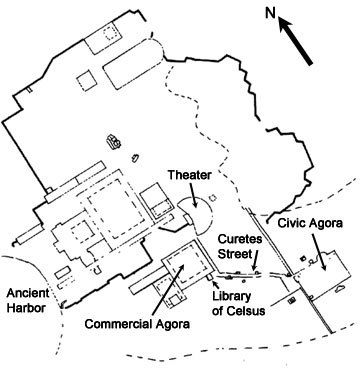 A tour of Ephesus usually begins, as I explained yesterday, at the eastern end of the city because from the you walk downhill rather than uphill. In the map to the right you can see several of the major features of the ancient Ephesus, including the two agoras, the theatre, and the Library of Celsus. When you’re walking through Ephesus today, it seems small, like a town that might have had 5,000 residents. In fact ancient Ephesus had perhaps as many as 200,000 residents. Many of their homes have not been excavated or refurbished. But even with all the original structures intact, a person today would be impressed by the extent to which people were crowded together in this city, as in others throughout the Roman Empire.
A tour of Ephesus usually begins, as I explained yesterday, at the eastern end of the city because from the you walk downhill rather than uphill. In the map to the right you can see several of the major features of the ancient Ephesus, including the two agoras, the theatre, and the Library of Celsus. When you’re walking through Ephesus today, it seems small, like a town that might have had 5,000 residents. In fact ancient Ephesus had perhaps as many as 200,000 residents. Many of their homes have not been excavated or refurbished. But even with all the original structures intact, a person today would be impressed by the extent to which people were crowded together in this city, as in others throughout the Roman Empire.
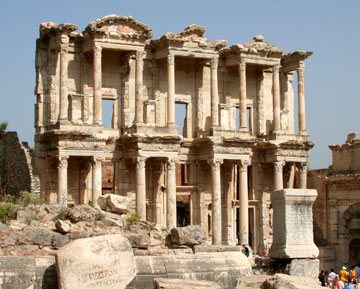 The Library of Celsus is perhaps the beautiful of the restored buildings in Ephesus, and is often the place of evening concerts and other festivities. This library, which was once one of the largest in the ancient world, was not built during the first century AD, the time of greatest interest for New Testament scholars. It was constructed in AD 135 by a man who built it in honor of his father, Celsus, who had been a governor of Asia Minor (the location of Ephesus in the Roman Empire). Today, the library consists of a rebuilt façade, without the rooms that once contained thousands of scrolls.
The Library of Celsus is perhaps the beautiful of the restored buildings in Ephesus, and is often the place of evening concerts and other festivities. This library, which was once one of the largest in the ancient world, was not built during the first century AD, the time of greatest interest for New Testament scholars. It was constructed in AD 135 by a man who built it in honor of his father, Celsus, who had been a governor of Asia Minor (the location of Ephesus in the Roman Empire). Today, the library consists of a rebuilt façade, without the rooms that once contained thousands of scrolls.
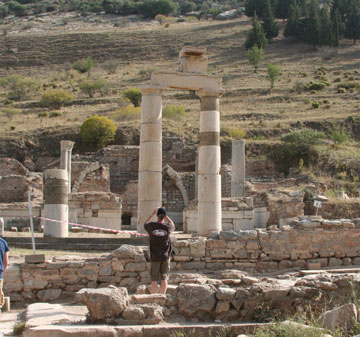 If your tour begins in the eastern end of Ephesus, you first walk into one of the two agoras (or marketplaces) of the ancient city. There’s not much left of this civic agora, the place where the official business of Ephesus was once conducted. One of the buildings alongside the civic agora was the Prytaneion. This building was the center of city business. It was dedicated to the goddess Hestia, and contained the city’s sacred flame that was never allowed to go out. There is not much left of the Prytaneion, apart from a couple of rebuilt pillars. It was in this location that two statues of the goddess Artemis were discovered. They are now found in the Ephesus museum. I’ll have more to say about them later.
If your tour begins in the eastern end of Ephesus, you first walk into one of the two agoras (or marketplaces) of the ancient city. There’s not much left of this civic agora, the place where the official business of Ephesus was once conducted. One of the buildings alongside the civic agora was the Prytaneion. This building was the center of city business. It was dedicated to the goddess Hestia, and contained the city’s sacred flame that was never allowed to go out. There is not much left of the Prytaneion, apart from a couple of rebuilt pillars. It was in this location that two statues of the goddess Artemis were discovered. They are now found in the Ephesus museum. I’ll have more to say about them later.
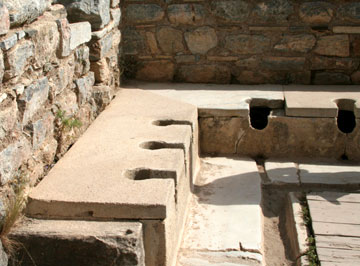 One of the highlights of the Ephesus tour is the men’s toilet, found along Curetes Street. This bathroom, as we’d say in the USA, once contained about twenty places for me to do their business. It had a running water sewage system in its day. Perhaps the most surprising part of this bathroom is that the seats were placed very few inches apart, without any barriers. So a man might find himself sitting next to another man, almost touching as they used the facilities. Apparently, men used this as a place to socialize. There certainly wasn’t much privacy, that’s for sure.
One of the highlights of the Ephesus tour is the men’s toilet, found along Curetes Street. This bathroom, as we’d say in the USA, once contained about twenty places for me to do their business. It had a running water sewage system in its day. Perhaps the most surprising part of this bathroom is that the seats were placed very few inches apart, without any barriers. So a man might find himself sitting next to another man, almost touching as they used the facilities. Apparently, men used this as a place to socialize. There certainly wasn’t much privacy, that’s for sure.
Rather than continue this blog “tour” of Ephesus, I’m going to change gears in my next post and begin to make connections between the New Testament and the ancient city.
Topics: Archeology and the Bible |
One Response to “Touring Ancient Ephesus, Part 2”
Comments
Thanks for your willingness to make a comment. Note: I do not moderate comments before they are posted, though they are automatically screened for profanities, spam, etc., and sometimes the screening program holds comments for moderation even though they're not offensive. I encourage open dialogue and serious disagreement, and am always willing to learn from my mistakes. I will not delete comments unless they are extraordinarily rude or irrelevant to the topic at hand. You do need to login in order to make a comment, because this cuts down on spam. You are free to use a nickname if you wish. Finally, I will eventually read all comments, but I don't have the time to respond to them on a consistent basis because I've got a few other demands on my time, like my "day job," my family, sleep, etc.
You must be logged in to post a comment.




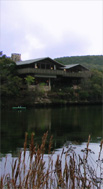
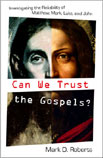






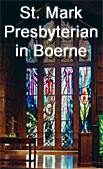

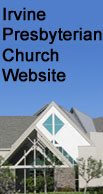
August 10th, 2007 at 6:27 am
This is awesome. I feel like I’m reading my own personal guidebook of the city.
I used to teach Latin and mythology, so I dream one day of taking a tour like this. Also interesting about Hestia’s “eternal” flame. It reminds me to make sure I fill my heart with a truly eternal flame. I look forward to your thoughts on Artemis.